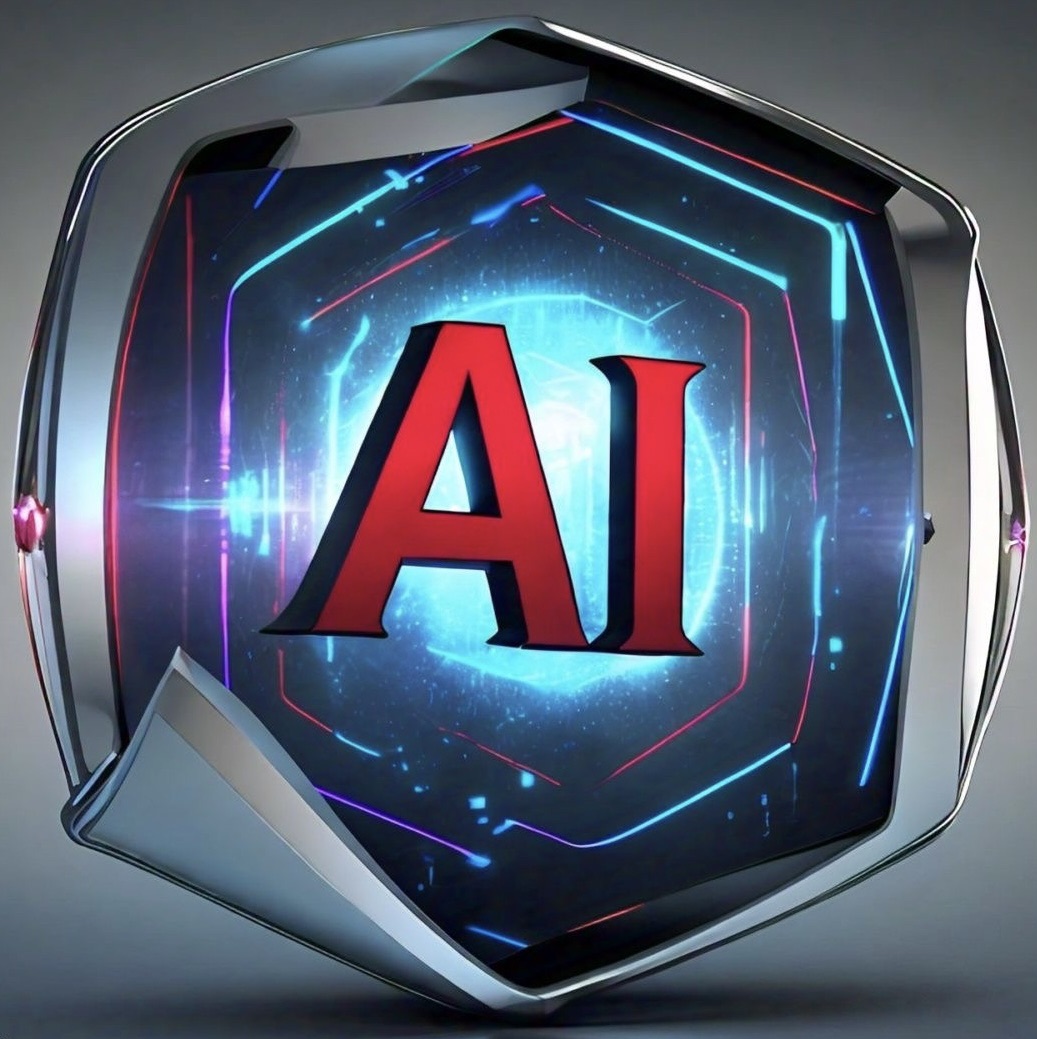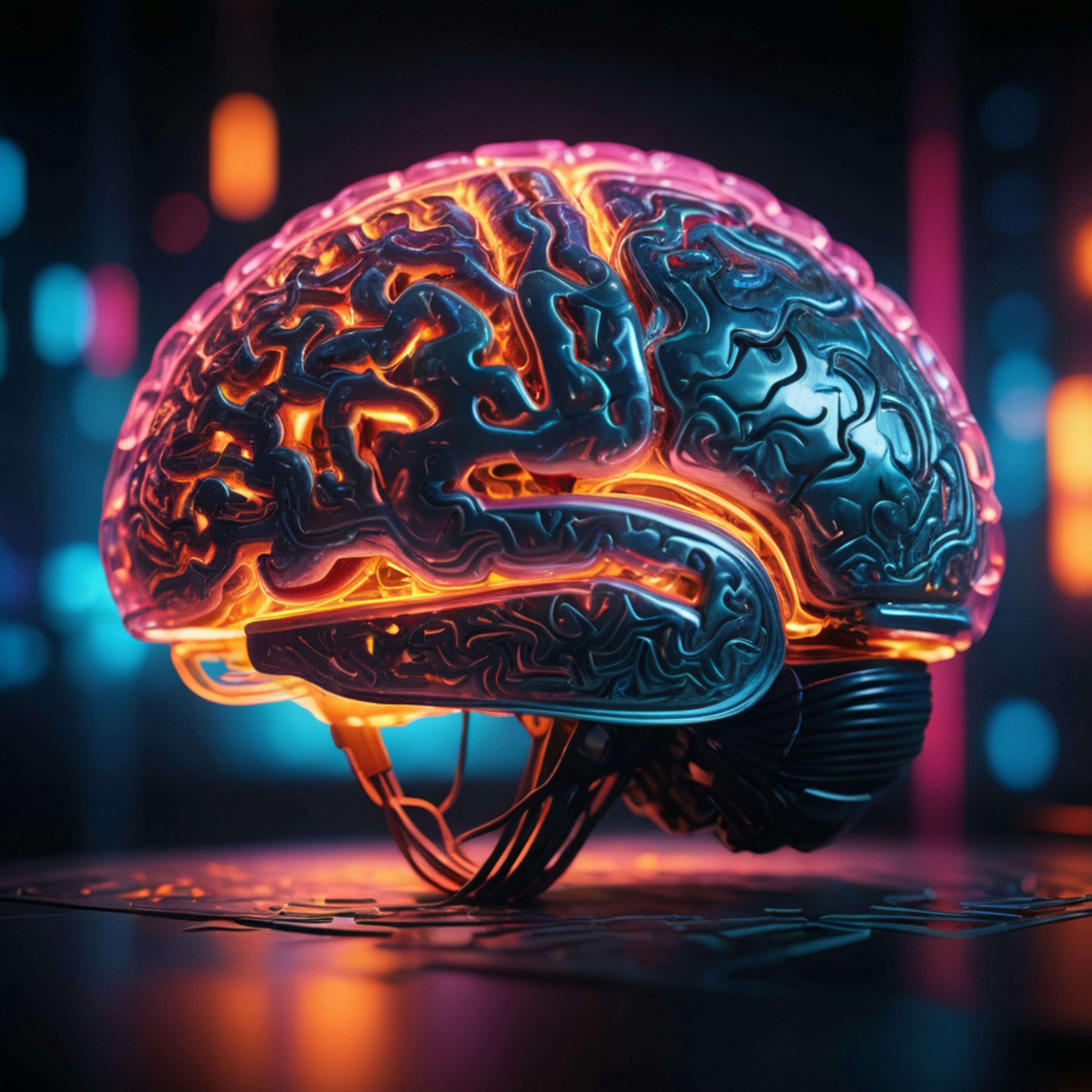975 words, 5 minutes read time.

Seray Cicek
Seray Cicek holds a MSc in Pharmaceutical Sciences and BASc in Engineering Science (Biomedical) from the University of Toronto. Her graduate studies at Keith Pardee’s lab focused on development of a low-cost diagnostic device for the detection of Zika virus in patient samples, and deployment of these devices in Ecuador, Colombia and Brazil. In 2020, along with her colleagues, Seray founded LSK Technologies Inc, a start-up that aimed to decentralize diagnostic labs to increase access to traditionally lab-based tests. Seray currently works as a senior product leader at PointClickCare where she oversees clinical data products.
As we collectively advance into the age of digital transformation, two elements are becoming increasingly pivotal in shaping our world: data and artificial intelligence (AI). In today’s technology-driven era, every digital process and social media interaction generates data. In healthcare, this data is invaluable, presenting insightful reflections of patient journeys and health trends.
This precious real-world data propels AI algorithms. AI, in essence, mimics human cognitive functions, identifies patterns, facilitates decision-making, and even predicts future trends by interpreting this data.
In healthcare, the combination of real-world data with artificial intelligence can result in clinical decision support tools that can aid clinicians to make more equitable, evidence-based decisions. We all were amazed by the capabilities of AI when a mother diagnosed her son’s rare disease, tethered cord syndrome, by simply entering all his symptoms to ChatGPT.
Despite its potential, the intersection of AI, real world data and healthcare decision making provokes a critical question: How do we use AI responsibly?

Responsible Use of AI in Healthcare
AI’s capability to analyze and interpret data brings phenomenal benefits but also necessitates cautious handling. Responsible use of AI in healthcare hinges on the pillars of privacy protection, bias prevention, transparency enforcement, and acknowledging limitations.
Privacy: Given the sensitivity of health-related data, ensuring privacy is paramount. Legislations like HIPAA, GDPR, and CCPA aim to safeguard patient data and regulate AI technologies to maintain confidentiality. Personal Health Information that can identify a patient should be redacted to prevent revealing an identity.
Bias Prevention: AI’s learning process heavily depends on human inputs, creating a risk of inadvertent bias. It’s crucial to feed diverse data sets into AI systems for fair and unbiased health-related decisions. First names, as unbiased as it sounds, can be source of an important bias if the dataset contains more John’s and Muhammad’s than others.
Transparency: For building trust among patients and healthcare professionals, the decision-making process of AI should be transparent. Users must comprehend how AI interprets data and derives conclusions. AI might pick on uncommon attributes which have no correlations with conclusions drawn and extrapolate a result that may or may not make sense. It is important to understand to what extend these results are usable.
Understanding Limitations: AI, as powerful as it is, is not flawless. Recognizing its limitations helps manage expectations, promote human oversight, and avert overreliance on technology. How many of us have put in the same prompt multiple times and gotten different answers? There are cases where this is acceptable such as replying to a customer and changing the tone of the message. However, it is important to know when it is unacceptable.
Most of the problems we face in today’s day to day work do not need AI. It is also important to understand when the use of AI is beneficial. When it comes to simple math questions, AI is notoriously unreliable, and the good old calculator remains unbeaten.

AI Use Cases in Real-World Data
The coupling of AI and real-world data uncovers many possibilities in healthcare. Here, we delve into three noteworthy use cases: recoding free text, standardizing questions, and summarizing content.
Recoding Free Text: AI’s ability to recode free text into meaningful data has massive implications in healthcare. Patient records, doctor’s notes, and clinical reports often contain unstructured text. AI can transform these into actionable insights, identifying diagnosis and treatment plans for further analysis.
Standardizing Questions: AI can convert a plethora of patient questionnaires or research questions into a standardized format. This optimizes data analysis and ensures data analysts can compare similar questions in different patient questionnaires to each other.
Summarizing Content: In a sector overwhelmed by information, AI’s ability to summarize complex content is a gift. Decision-makers can leverage AI’s compact summaries to make quick, informed decisions, instead of wading through volumes of data.
As a senior product leader, I have turned to the use of Artificial Intelligence when it comes to re-coding data and standardizing data objects to a defined set of options. In each case, I used the original manual work as an example to guide the model. This helped me save hours of work and only required a review for accuracy when the output is ready. While I am excited to incorporate AI to solve more business problems, I prefer to remain skeptical and question the generalizability of the models, especially when it comes to any black box tools such as large language models.
AI, when intertwined with real-world data, holds the promise of revolutionizing healthcare. Ensuring its responsible use, while appreciating its vast capabilities and inherent limitations, is essential to harness its full potential. When navigated correctly, AI can become an ally in improving health outcomes, pushing the boundaries of patient care, and ultimately propelling healthcare into a bright, technologically empowered future.
- This article was written in assistance with a large language model and the contents have been reviewed to ensure responsible use of AI as stated in the article.



